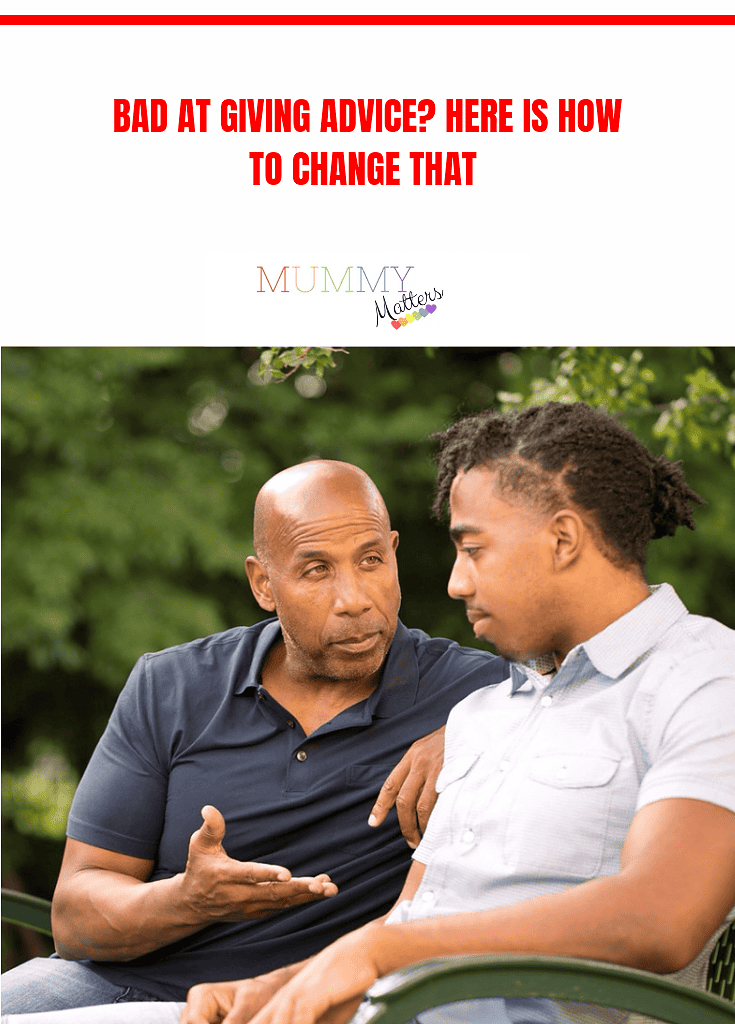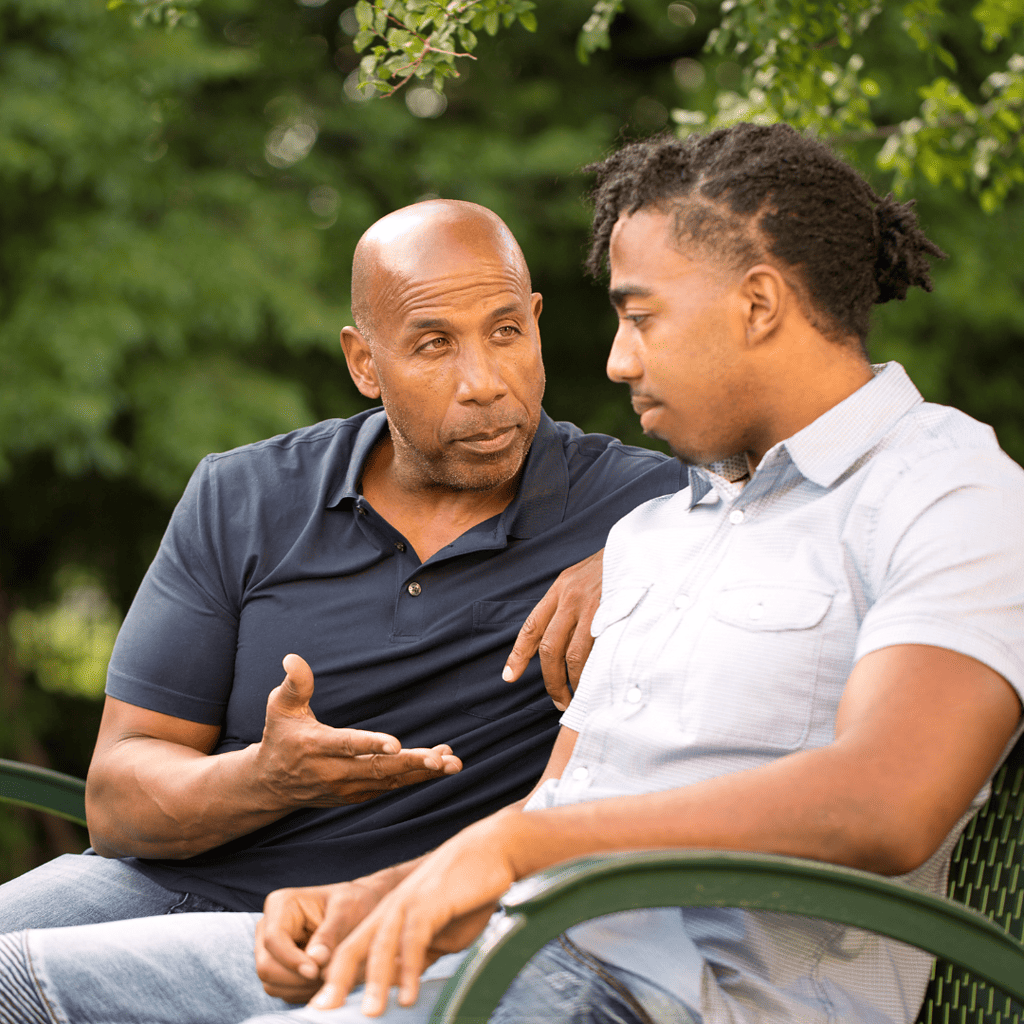There are going to be some instances in your life where you need to help others. A lot of this time, this help is going to come in the form of advice, which, for some people, might seem a little bit daunting. It is not the simplest thing to give advice to someone. When you have a person putting their trust in what you say, the pressure can be evident. Giving bad advice is the last thing you want to do, although, sometimes, that is what comes out. If you want to avoid this in the future, then use the tips below.
Don’t Overstep

There is a big difference between offering up your advice to someone and forcing it upon them. Overstepping with advice is, unfortunately, quite an easy thing to do. The point of advice is not to tell a person what they should do. This can come across as bossy and counterproductive. Instead, you want to make points and insights that can lead to the person coming up with their own solution. So, instead of giving them an outright solution, act as a catalyst in their own decision-making. This stops you from overstepping any boundaries, as well as allowing the person to be able to see what they should do and decide for themselves.
Knowing What Is Best for Loved Ones
Giving advice to strangers is something that probably won’t happen to you too often. You should try to avoid this as much as possible. When you don’t know someone, offering them advice is much harder and awkward. Instead, try to keep your advice-giving to close friends and family.
When you are giving advice to loved ones, you are going to have a better sense of what is best for them. For example, if you have elderly family members, you can offer them advice on their living situation. If you feel they need it, you can suggest facilities like long-term memory care in Eureka, MO. This shows that you have their intentions in mind but also leave the choice to them. Some other examples include:
- Picking college courses
- Moving home
- Getting pets
Make It a Conversation

You don’t want advice giving to be a one-lane street. Instead, you and the person you are trying to advise should be having a back-and-forth conversation. This means if they outright ask you for advice, then you can feel free to ask them follow-up questions. Making minor suggestions and reading their response is also a good way to give better advice. When you make it a conversation, it means you are both working towards a solution. Otherwise, it is just you telling the person what to do. Which, as mentioned above, is not ideal.
It is even a good idea to make this a conversation among several different people. Bouncing ideas around a group is a good way to get the best results, as long as the topic is not too sensitive.


